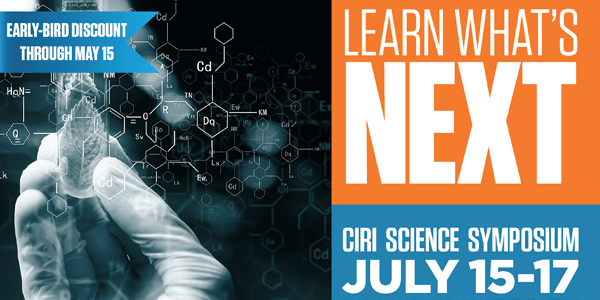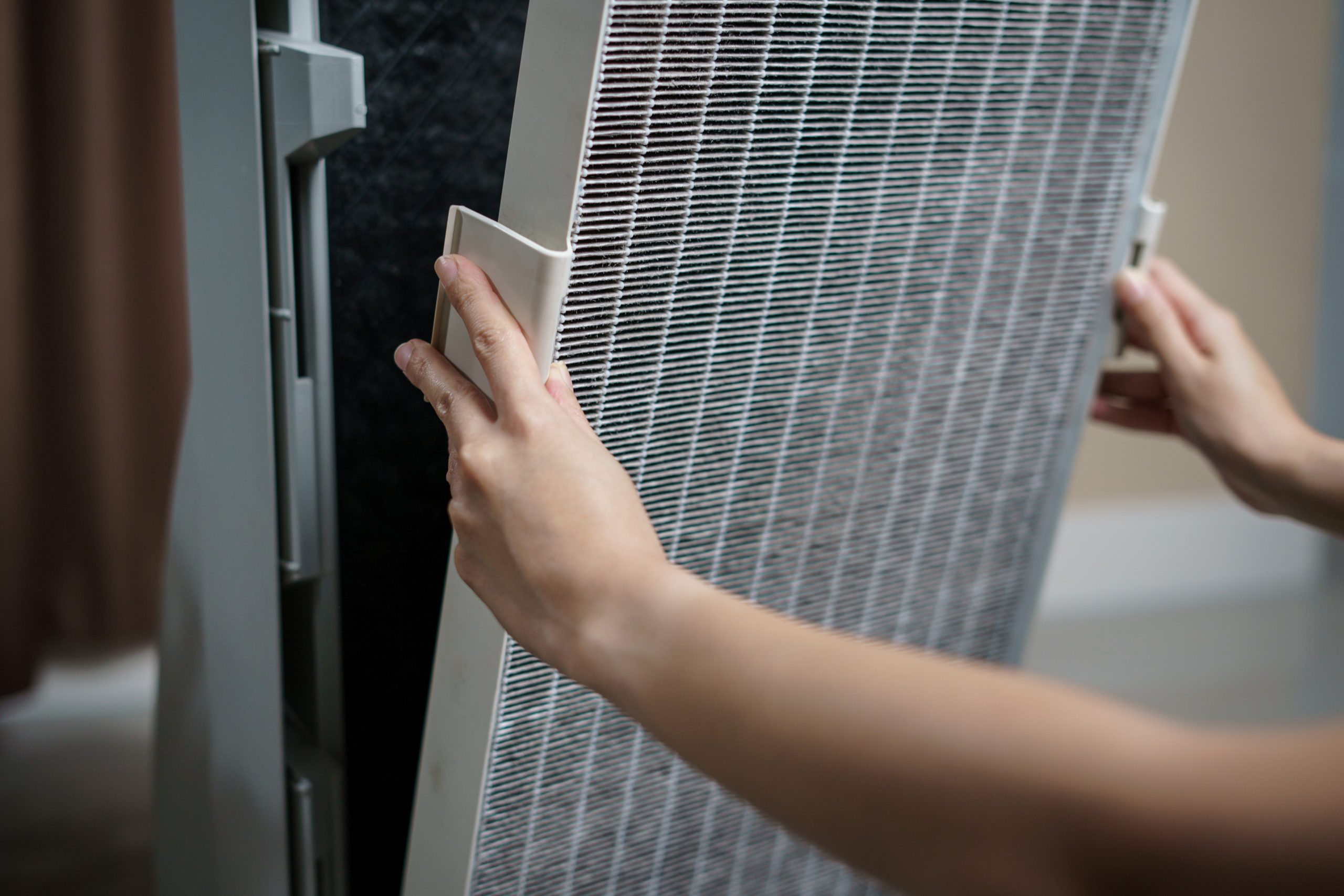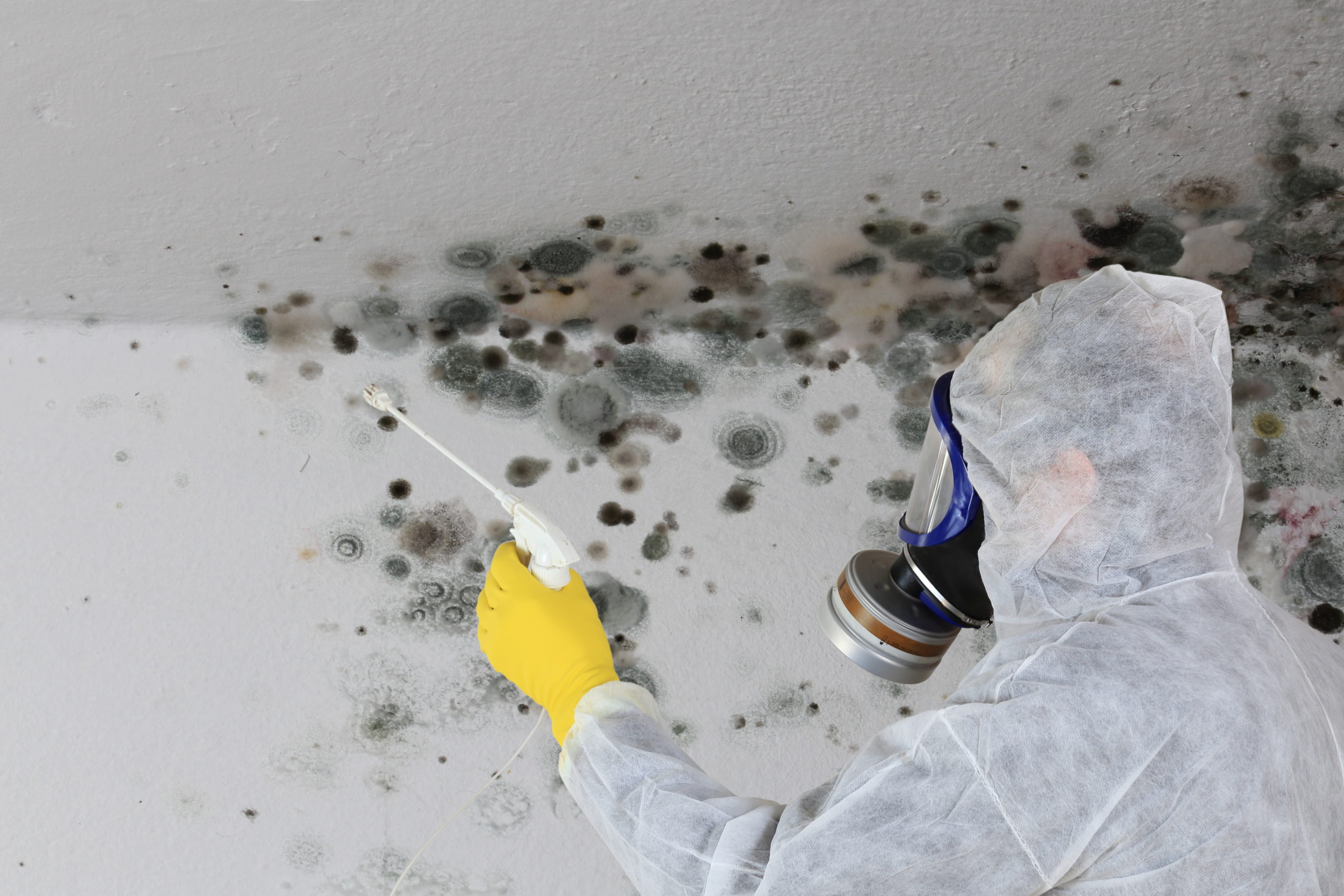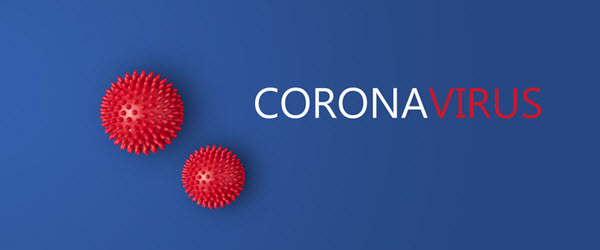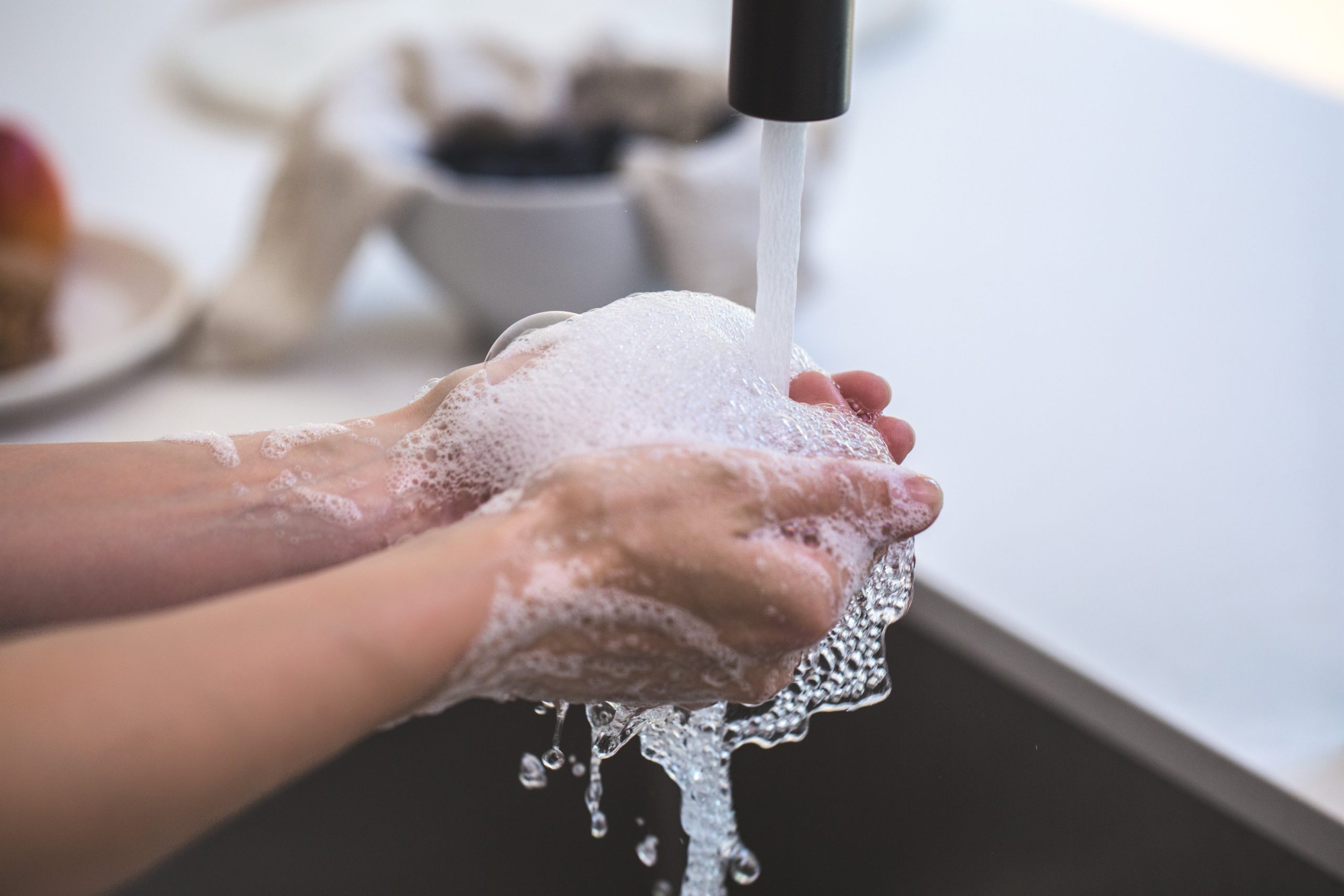These days, it seems like people can take or leave science. And one’s choice is usually polarizing. But cleaning business owners should all agree that science is something we can’t afford not to believe in. It’s a big deal because CIRI hasn’t convened a symposium since 2017. And at CIRI’s symposiums, scientists and researchers bring attendees the latest information on the science of cleaning and disaster restoration.
“What is core to CIRI is cleaning science through research,” according to John Downey, executive director of the science and research non-profit since early 2018. “Its value to cleaning business owners is as a primary source of information on the best way of doing things so cleaning technicians can do a better job.”
Cleaning business owners rely on this information to clean not only for appearance, but to clean for health. And to clean for health is to clean for results. In The Journal of Cleaning, Restoration and Inspection: Science, Cleaning & Built Environments Michael A. Berry, PhD. defines clean as the absence of unwanted matter. Downey breaks it down for us. “The act of cleaning, then, is removing unwanted matter. But cleaning for appearance may still include unwanted matter. You can’t be sure you got everything without consulting science.”
Knowing you got it.
When cleaning, it’s important to know that you got all unwanted matter. And removed it. Given the speed at which germs spread, a wider array of health vulnerabilities, the growth in multi-generational households and the evolution of “super bugs” the chain of infection would seem to have the upper hand. So how can you know that you “got it” without some measure of research to create that confidence?
And how can you know that the research followed scientific methods with absence of bias or conflict of interest to generate statistically reliable, duplicable results? Without an independent, professional body to vet and convey this knowledge to the cleaning and restoration industry and general population we are left to parse through information circulating from manufacturers and trade organizations, deciding for ourselves which claims are factual, which voices reliable. This is how it was before CIRI.
Filling a void.
Prior to 2005 cleaning wasn’t part of the conversation about public policy when it comes to the indoor environment and public health. The key reason was a void in research to demonstrate the impact cleaning has on human health. The Cleaning Industry Research Institute (CIRI) was founded to fill that need by conducting “research on various industry topics, including the connection between hygiene, cleaning, building maintenance and public health,” according to founding member Jim Harris.
Today Downey’s organization envisions itself the clearinghouse for unbiased, peer-reviewed technical information and research about the science of cleaning or restoring of the indoor environment. And now, CIRI’s flagship publication, Cleaning Science Quarterly (CSQ) is the cleaning and disaster restoration industry’s only peer-review publication. Peer-review is the only way to ensure that information conveyed is accurate, unbiased and intended to benefit all equally.
In CSQ, all articles or papers are reviewed by three subject matter experts from different perspectives on any given topic. This process of peer review is fundamentally different from trade magazines that are often filled with “advertorial” inspired content.
Take it.
“Innovation should be about driving industry forward. But sometimes innovation is not true,” says Downey. “It’s the job of science to separate truth from claim. And it is good science that will transform the cleaning industry from a trade to a profession.”
Downey, the founder of Cleanfax magazine, points to Dr. Berry as a source of inspiration on the science of cleaning. “He liked what I’d been able to do with CleanFax in terms of the editorial approach. He’d pointed out many years ago that the industry needed a science journal to publish peer-reviewed studies and findings. But funding it would be a challenge.”
Downey brings real world experience in editing and publishing to CIRI’s new quarterly journal – he formerly edited and published the IICRC’s journal, The Journal of Cleaning, Restoration and Inspection, as well as Cleanfax. “CIRI’s job is to communicate the best way of doing things. The science should help the operator do a better job. Efficacy is essential to cleaning for health.” And for that reason, if no other, the cleaning business owner should embrace science instead of having a “take it or leave it” attitude.
The 2019 CIRI Science Symposium follows the new CIRI model to share multiple perspectives on a particular subject area. The symposium format will feature more than twenty presentations across six sessions. Among the session subject areas are understanding effective cleaning; methods, measurement, management; and research to practice. The format is based on the “lightening round” concept wherein several speakers on a given topic distill their perspectives down to the most essential points and core messages, leaving plenty of room for audience engagement through Q+A panel discussions following each session. A veritable who’s who in the cleaning science community are slated to present, including Greg S. Whitely, PhD, who will keynote on the first morning, speaking on disinfection and new health threats to humans. The 2019 CIRI Science Symposium will be held July 15-17 at Miami University in Oxford, Ohio. Click here to learn more and register.

